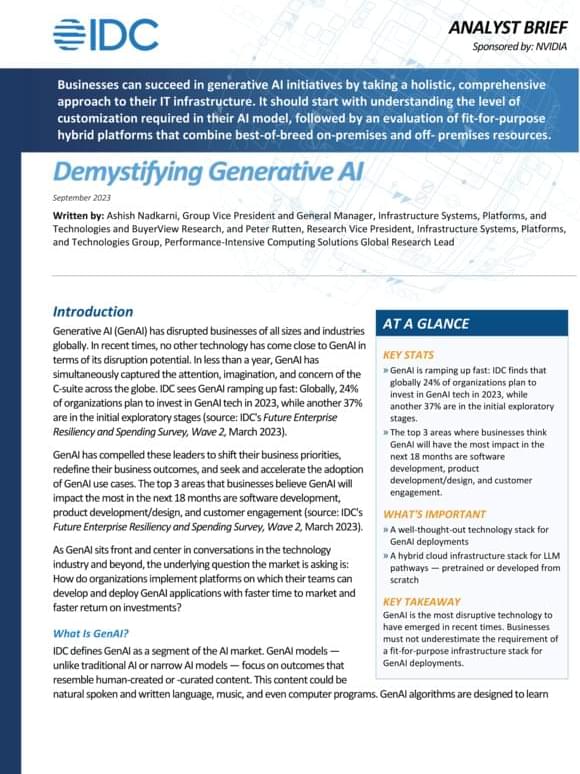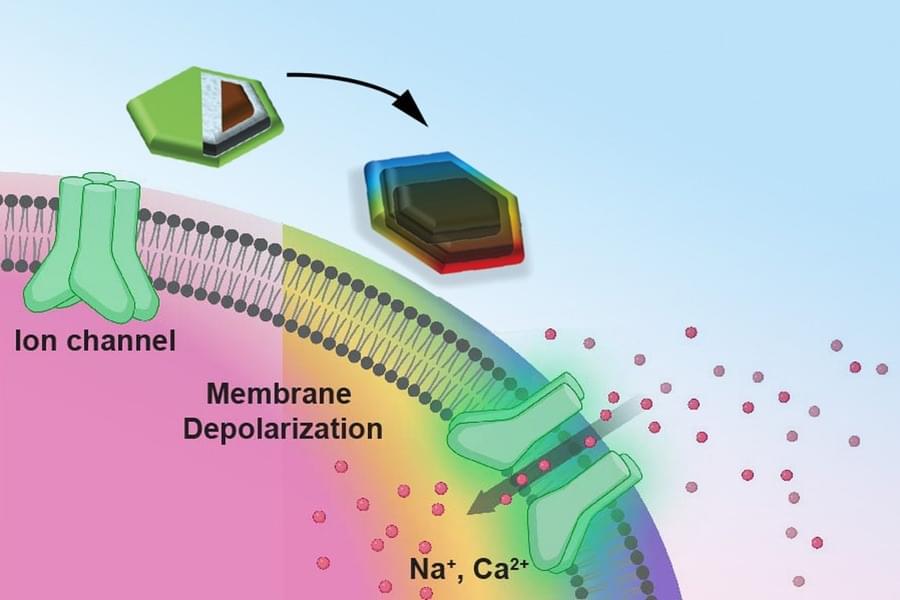Oct 20, 2024
Baffling Scientists: Why Did Millions of People Feel Shaking in New York City?
Posted by Saúl Morales Rodriguéz in category: energy
The Tewksbury earthquake’s minimal local damage but widespread impact was due to its rupture direction, funneling shaking from New Jersey towards New York City, with the anomaly highlighted in studies on seismic energy distribution.
A magnitude 4.8 earthquake in Tewksbury startled millions across the U.S. East Coast, marking the strongest recorded tremor in New Jersey since 1900.
But researchers noted something else unusual about the earthquake: why did so many people 40 miles away in New York City report strong shaking, while damage near the earthquake’s epicenter appeared minimal?


















